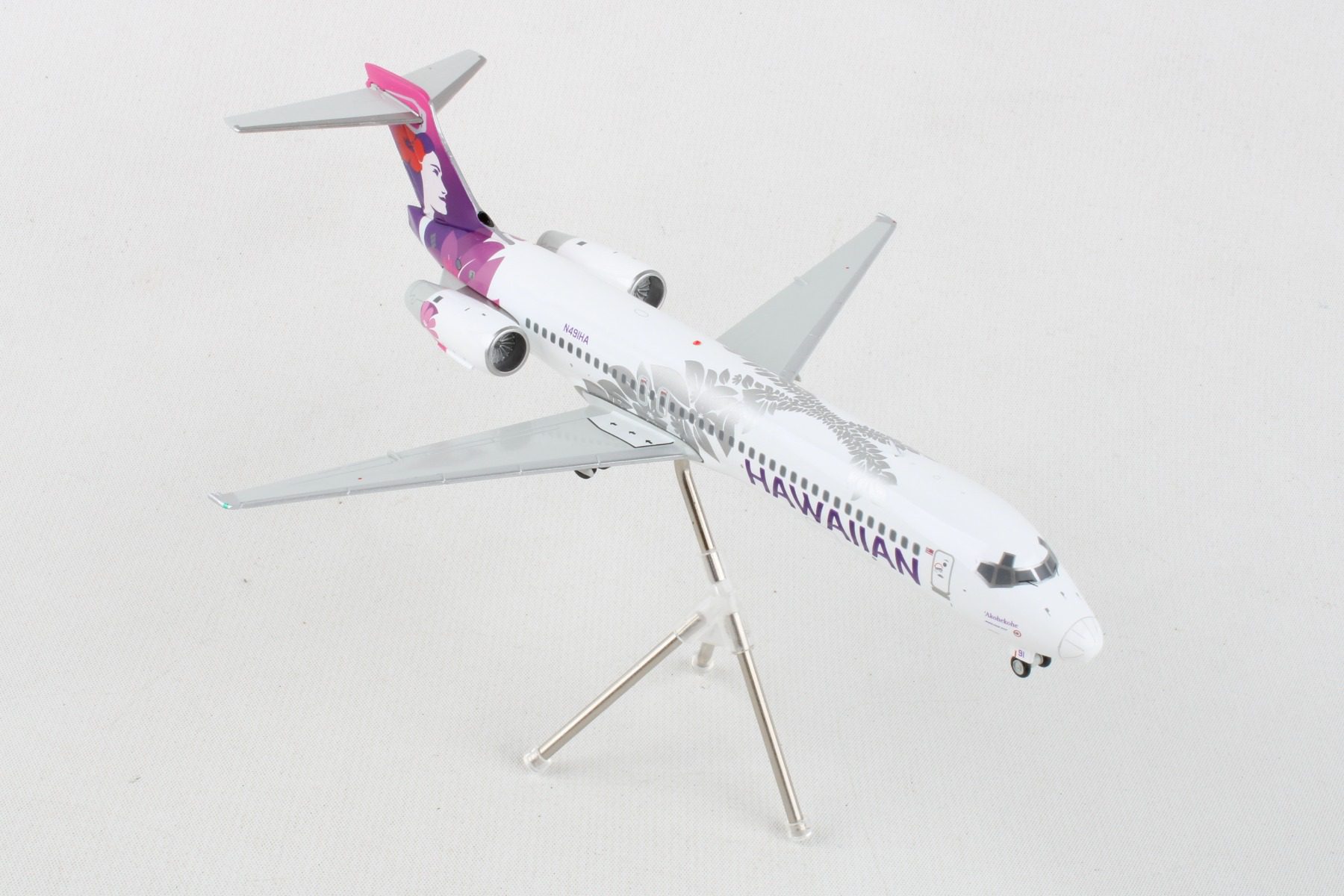Calm Skies to Stormy Horizons: The Pilot’s Essential Guide to Understanding Weather Patterns
Why Pilots Must Understand the Weather
Every pilot knows that a smooth flight depends on understanding the weather. For safe flying, it’s essential to know what causes weather changes. Our planet is wrapped in layers of gases that soak up heat and light from the sun and recycle water—this is our atmosphere, vital for life on Earth.
The Layers of the Atmosphere
Most of our weather happens in the lowest layer, the troposphere, which goes up to about 48,000 feet. Above that is the stratosphere, separated by the tropopause, which keeps most moisture and weather in the troposphere.
Temperature and Altitude
In the troposphere, the temperature generally drops 2 degrees Celsius for every thousand feet you go up. This happens even though the air—yes, it has weight—is invisible.
Pressure and Weather Tools
At sea level, standard air pressure is 29.92 inches of mercury, measured by barometers. Different countries might use millibars instead. Standard pressure can also be 1013.2 millibars.
Warm Air and Weather Dynamics
Warm air rises because it’s less dense than cool air. If you’ve flown on a sunny afternoon, you’ve felt this. Updrafts can be strong near the ground, and different surfaces heat up differently, affecting the air above them.
Earth’s Rotation and Weather
Our planet’s spin makes weather patterns complex. Warm air near the equator moves faster than air near the poles, influencing weather circulation patterns across the globe.
Highs, Lows, and Flying Strategies
High-pressure areas have cooler, sinking air moving clockwise. Low-pressure areas with rising warm air move counterclockwise. Pilots use these patterns to plan efficient flights, often checking weather charts for wind conditions and pressure changes.
Air Masses and Fronts
Air masses are huge bodies of air that bring distinct weather as they move. When they meet, we get weather fronts. Warm fronts bring humidity and rain; cold fronts can bring storms and cooler weather. Occluded and stationary fronts bring mixed weather conditions.
Clouds, Stability, and Visibility
The stability of the atmosphere affects weather. Warm, moist conditions can lead to thunderstorms. We can estimate cloud height using temperature and dew point data. Different clouds form at different altitudes, affecting flight conditions.
Weather Fronts and Their Impact
Weather fronts impact visibility and weather conditions. Cold fronts, for example, can cause thunderstorms and even tornadoes. After they pass, the weather typically clears up.
Understanding Stability and Weather
The more heat and moisture in the air, the less stable it is. This leads to more dynamic weather, especially in the summer months. But even in stable air, expect clouds and potentially poor visibility.
By grasping these fundamentals, pilots can navigate the skies more safely and efficiently, ensuring smoother flights for everyone on board.





